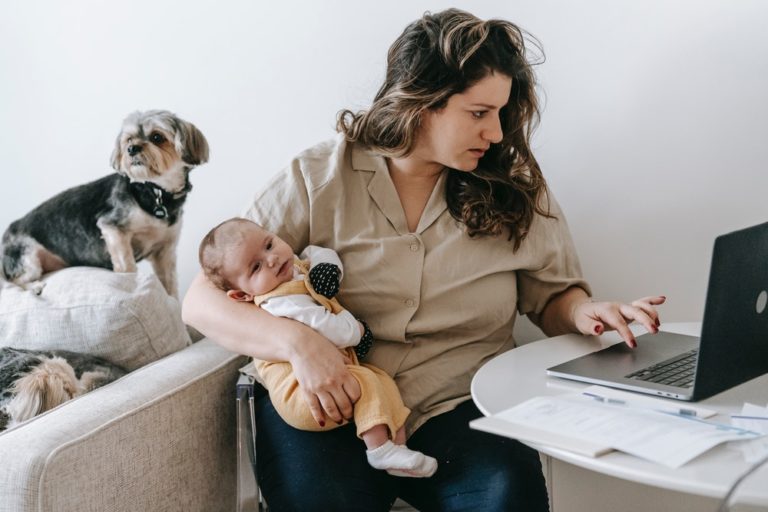High-quality journalism and work from home logistics can co-exist with flexibility from sources and journalists alike
During the throes of pandemic writing, a terrible thought crossed the minds of many journalists — “what if this interview I was trying to conduct for an upcoming story was…an email.” Those trained in a traditional journalism school or newsroom setting might immediately feel shame for having such an outlandish thought, as they were surely taught even a phone interview was seen as a cop-out when it could be in person. But was the stress level this phone interview would cause, while kids and partners worked from home, pets barked in the background, and schools opened and closed, better?
Reverting to email interviews for more flexibility
So, some journalists embraced email interviewing to survive – even if they didn’t talk about it to one another. Sending an email for factual-based questions seemed less far-fetched than it once did given the circumstances. And it wasn’t just journalists needing the flexibility — it was sources too.
Ruth Furman, a publicist at ImageWords Communications, says emailed answers add an additional option for sources. “[Clients] are not always available to get on a call during the workday, so email and text are often ideal to help media on deadline.” She encourages her clients who are often sources for stories to be flexible and willing to answer emailed questions if needed to avoid missing opportunities. Some still prefer and insist on phone interviews, especially her CEO clients.
Sonia Petkewich, CEO at Taurean Consulting Group often serves as a media source, and is a mother of three. “I feel that I am better at having live conversations than I am at putting my thoughts in writing,” she says. Journalists everywhere echo the sentiment, preferring phone and Zoom interviews for those higher quality answers, such as business journalist Jenny Powers in Brooklyn, N.Y.
“I never feel like I get the same substantive answers when sources want to do email interviews. I always suggest phone interviews and make myself available at any time that works for them…Recently I’ve had more publicists ask me to send my questions for email answers and I almost always decline because I can’t be sure who is actually responding to me.”
She says the answers often feel “canned” which might be the result of publicists working with their clients behind the scenes to answer, and sometimes is the result of people writing less naturally than they speak.
Embracing the chaos through transparency in interviews
The need for flexibility for all parties could possibly be solved, in some fact-based reporting situations, with an email interview, but it might not be the only solution. Instead of canceling the call, some journalists opt for increased transparency instead.
Journalists like Sarita Ratliff in Puerto Rico, who lives on a “loud farm” with chickens and ducks outside the office window started disclosing her setup before interview calls and including a caveat that she can send questions. “Nobody has ever had an issue with me living on a farm. If anything, they’ve always chuckled and said they were so amused and thought it was cool.”
She also extended the same courtesy to sources during the pandemic, explaining that any potential source in a work-from-home setting was more than welcome to bring kids to the call. “The more the merrier…I have found it makes sources more relaxed if I remove the anxiety of what to do about their kids.”
Ratliff and others didn’t have to resort to emails, but instead infused a little humor about what might transpire in the background of the call: chaos. Giving a “heads up” about your current work from home situation, whether you have construction, noisy kids, barking dogs, or other background mayhem might be met with more understanding than ever before. If both parties can work through these distractions, natural conversations reveal better quotes and information.
Alternative interview methods can be a saving grace
Traditional methods of conducting interviews will always be preferred, but the trick to navigating today’s world as a journalist is to remember that traditional methods are not your only option to getting the answers you need.
For journalists who are still struggling with quarantines, daycare closures, sickness, and other permanent work from home dilemmas, it can feel distracting to the journalist themself to try to conduct these calls professionally in difficult work from home settings.
So the email remains an available tool in a journalist’s pandemic reporting toolbox – if it’s a very specific ask, such as “Are there any studies on KN95 masks for kids?” it might be an email. But if it’s “How do you feel about kids masking in school?” it’s most definitely not and transparency may be your best avenue to get the interview you need. Just remember, the background might be mayhem, but the quotes will be worth it.











